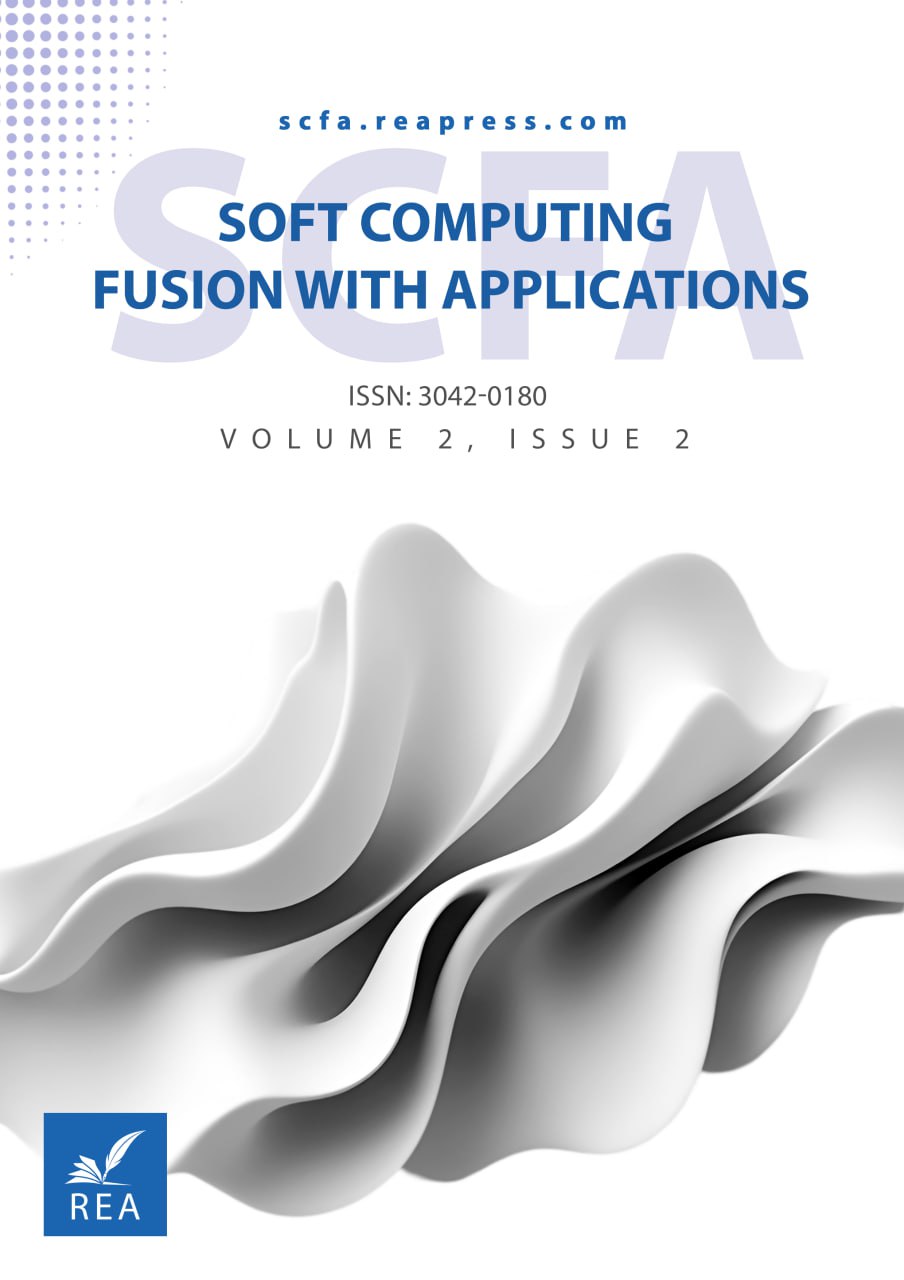Fuzzy Social Network Analysis in Industry Academic Collaborations
Abstract
Industry-academic collaborations form intricate networks of researchers, institutions, and knowledge exchange. Traditional Social Network Analysis (SNA) techniques often fail to capture the uncertainties and imprecise relationships in these networks. This research introduces a fuzzy graph-based approach to model industry-academic collaborations, where relationships are characterized by varying degrees of membership, trust, influence, and contribution. We explore applications such as co-authorship networks, research impact analysis, and interdisciplinary collaboration mapping. A case study on global academic networks is provided, demonstrating the effectiveness of fuzzy SNA in analyzing uncertain and evolving relationships.
Keywords:
Fuzzy graphs, Social network analysis, Industry-academic collaborations, Co-authorship networks, Research impact, Uncertainty modelingReferences
- [1] Porreca, A., Maturo, F., & Ventre, V. (2025). Fuzzy centrality measures in social network analysis: Theory and application in a university department collaboration network. International journal of approximate reasoning, 176, 109319. https://doi.org/10.1016/j.ijar.2024.109319
- [2] Porreca, A., Maturo, F., & Ventre, V. (2024). Fuzzy social network analysis: Theory and application in a university department’s collaboration network. https://doi.org/10.48550/arXiv.2407.02401
- [3] Porreca, A., Maturo, F., & Ventre, V. (2024). Novel fuzzy centrality measures in vague social networks. International journal approx. reasoning, 176, 109319. https://doi.org/10.48550/arXiv.2407.02401
- [4] Borgatti, S. P., Everett, M. G., & Johnson, J. C. (2024). Analyzing social networks. SAGE Publications Ltd. https://www.torrossa.com/en/resources/an/5730558
- [5] Nepusz, T., Petróczi, A., Négyessy, L., & Bazsó, F. (2008). Fuzzy communities and the concept of bridgeness in complex networks. Physical review e—statistical, nonlinear, and soft matter physics, 77(1), 16107. https://doi.org/10.1103/PhysRevE.77.016107
- [6] West, D. B. (2001). Introduction to graph theory (Vol. 2). Prentice Hall.
- [7] Zadeh, L. A. (1965). Fuzzy sets. Information and control, 8(3), 338–353. https://doi.org/10.1016/S0019-9958(65)90241-X
- [8] Bondy, J. A., & Murty, U. S. R. (2008). Graph theory. Berlin: Springer. https://B2n.ir/wh1209
- [9] Diestel, R. (2005). Graph Theory. Springer. https://books.google.com/books/about/Graph_Theory.html?id=aR2TMYQr2CMC
- [10] Wasserman, S., & Faust, K. (2012). Social network analysis: Methods and applications. Cambridge University Press. https://B2n.ir/jy7219
- [11] Brandes, U. (2005). Network analysis: Methodological foundations. Springer Science & Business Media. https://B2n.ir/mk1395


